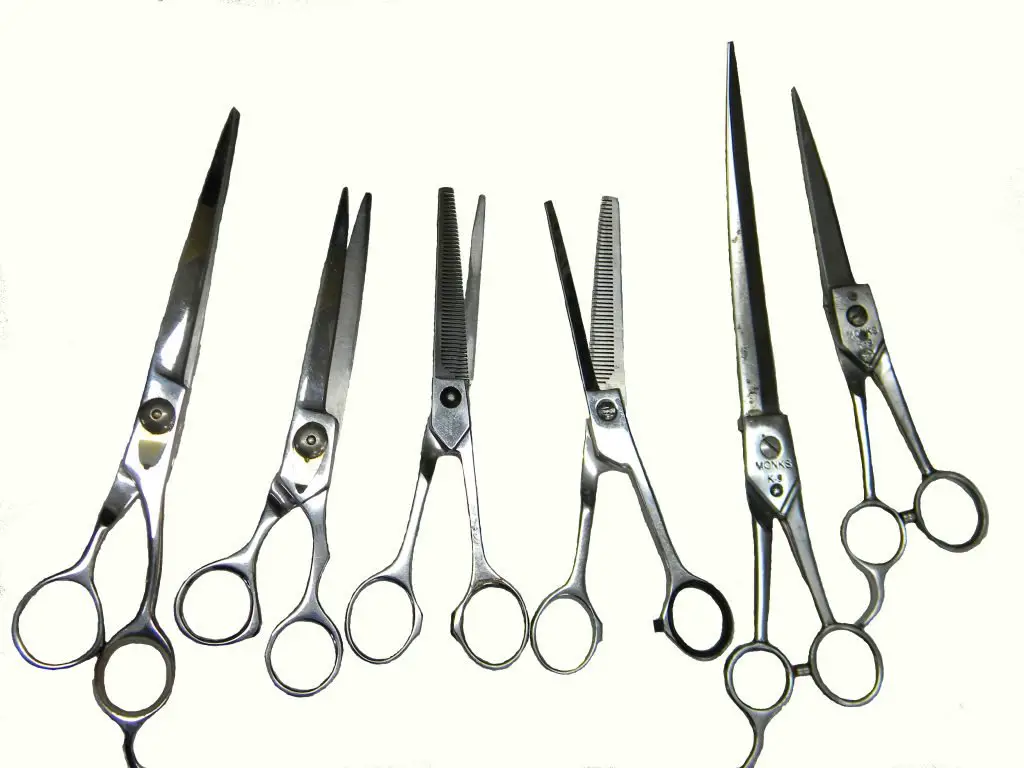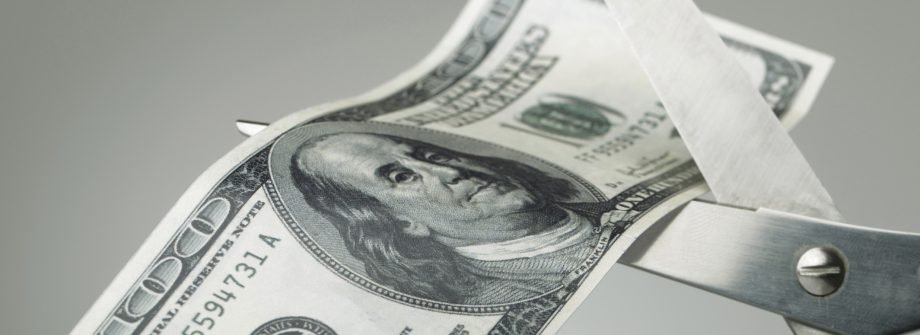The old saying, “you get what you pay for” is true for many things. Hair shears are no exception to this rule. There are several factors which can influence the price of a pair of hair cutting scissors. Try to keep them in mind the next time you are looking for a pair to make sure that you get exactly what you need for the cuts you plan to do.
Materials
As you might have guessed, inexpensive or cheap hair scissors are made of inexpensive materials. They are usually made of steel, but the quality of that steel directly affects the sharpness of blades. The quality of the two blades determines the effort required to open and close the blades as well as the smoothness of the cutting.
Durability
Quality hair shears simply last longer. High-quality stainless-steel shears do not rust easily and maintain their edge through many haircuts. There are thousands of different stainless-steel hair cutting shears available for approximately $40. It is not worth paying more than that for a good, quality pair of scissors.
Workmanship
Another factor which influences the action of the scissors is their workmanship. This has to do with whether the scissors are handmade or machine-made. Most cheap shears are produced by machines. Expensive shears are handmade by experts who are responsible for each pair of scissors from beginning to end. Some professional hairdressers can achieve the same results with cheap shears. But, unfortunately, low-quality tools cause more stress on the wrists and hands, which, in turn, causes different medical conditions.
Types of Shears
In general, there are two types of hair shears: Japanese and German style, otherwise known as convex edge or beveled edge, respectively. Before you make a decision, remember that convex edge scissors are extremely sharp, giving a quick, smooth cut that is sometimes called a “butter cut”. Beveled edge blades are often serrated, giving a firmer and crisper cut. It should be mentioned that the beveled edge blade is thicker than the convex edge blade. This means that it does not cut as well and becomes damaged more quickly. Blades usually are chosen based on taste, comfort, cutting technique, and experience of the hairdresser that will be using them.
 Sharpening
Sharpening
It is very important to buy shears which can be honed. Buying expensive shears which cannot be sharpened but merely replaced is not a smart investment. Good, expensive hair shears should last for about 400 haircuts before they need sharpening or replacing, if they are used properly and carefully. Beveled edge stainless-steel scissors are the best choice for high-quality hair cutting shears because they last for a long time and are the least expensive to sharpen.
Size
Truly professional hairdressers and barbers have to have several sizes of shears on hand. Longer shears help to remove more hair with each cut, increasing efficiency and creating a smoother finish. Shorter shears are suitable for hair cutting techniques which require more detail. They provide better control and decrease the stress on your hands. Shorter shears are recommended for those who already feel the effects of accumulated stress syndrome.
To find out the most appropriate size for your basic hair cutting tool, the blade should be about as long as your middle finger. The overall length of the shears, with finger bows, should be measured against your extended palm.
Surface
Another difference between hair cutting shears can be found on their surface. This has to do with whether they are shiny- or satin-finished. In general, shiny-surfaced shears are more resistant to corrosion and scratches.
Teeth
You probably have heard of the term “thinning shears”. Thinning shears are hair scissors which have one or two blades with notched teeth and are used to thin out hair bulk. Thinning shears come in many styles. The more teeth the blade has, the more hair is removed without leaving cut marks. The fewer teeth blade has, the less hair is removed, leaving more cut marks.
Shears which have one regular blade and one blade with teeth are sometimes are called “blenders”. This is because they not only thin hair but also blend the boundaries of the cut. Both thinning and blending shears can save time; soften the cutting lines and corners; thin out the bulk; and/or add volume.
Ergonomics
In recent years, manufacturers have introduced several design elements which improve ergonomics. This improves comfort and reduces the risk of occupational diseases. These improvements include finger rests, finger inserts, and asymmetric handles. Unfortunately, your hands cannot tell you ahead of time which of these elements they will like. Instead, you will have to experiment and pay attention to your hands and their response to different types of scissors.
Conclusion
Everyone should remember that hair cutting shears do not magically work on their own. No matter how expensive those shears are, they will not cut the hair for you. More expensive scissors will not automatically give you a higher quality cut. The price tag on a pair of shears is simply a measure of their quality. With so many different shears on the market, it is best to have an idea of what you want and need before you start shopping so as not to get overwhelmed.

